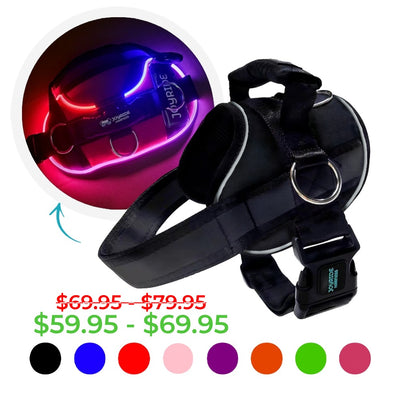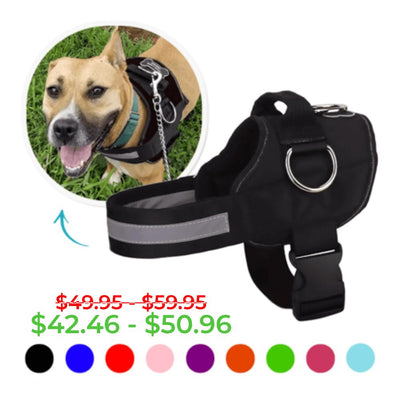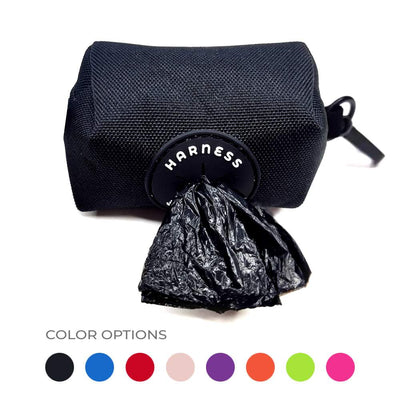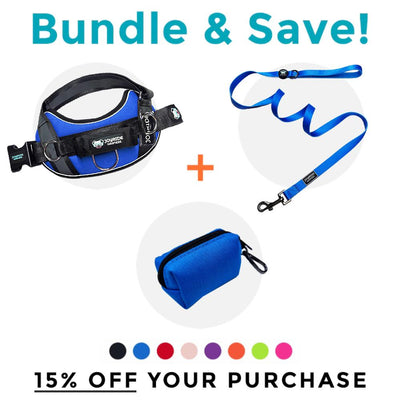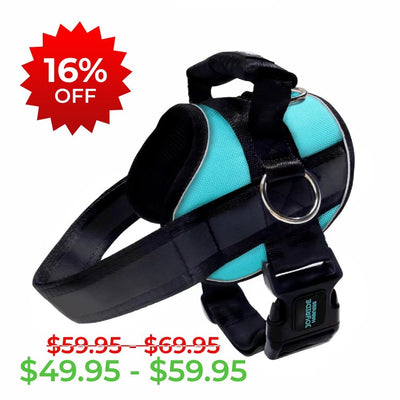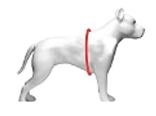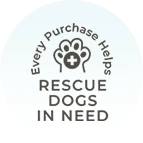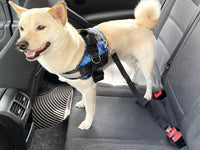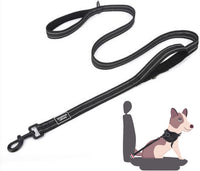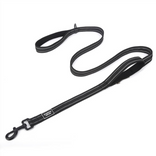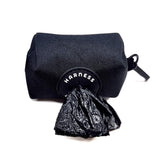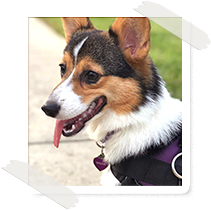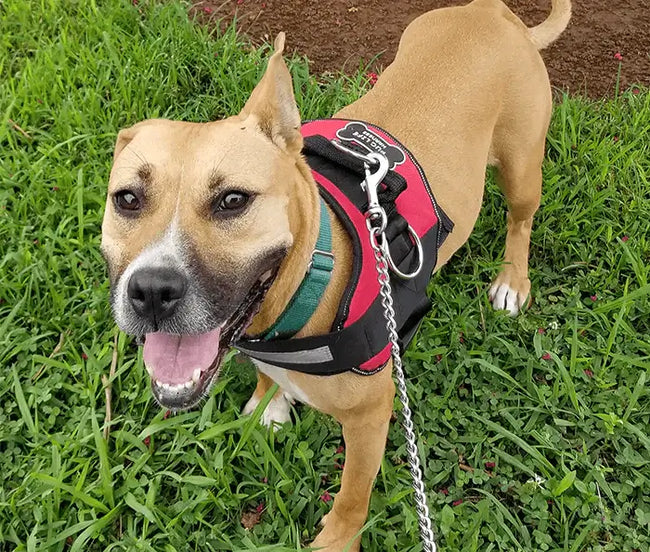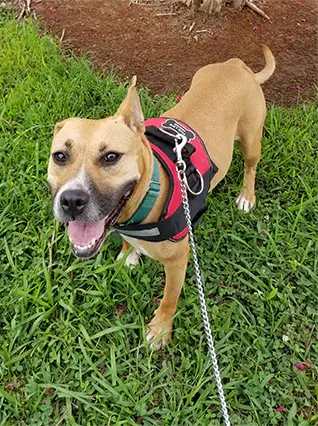How to Build Trust With Your Adopted Shelter Dog
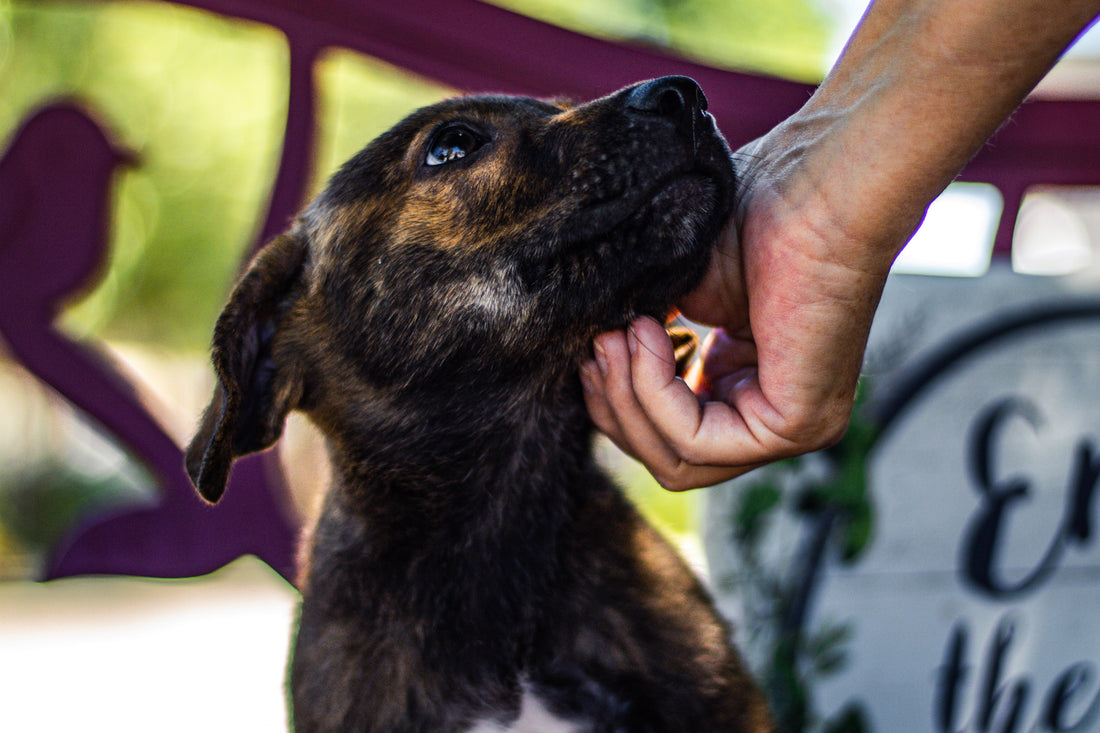
How many of us have ever gone to an animal adoption event and wanted to walk away with every fur baby there? *Slowly raises hand*
For us pet lovers, we know that one of the most rewarding, and at times challenging, things we can do is to bring a rescue dog into our homes. We basically know what to expect when a new puppy joins the family - potty training, anyone? However, shelter animals often have troubles that we may not always be able to anticipate.
From maybe not knowing a pup’s full past to how they could react to a new setting, it’s important to approach bringing a new adopted fur baby into your home with a little extra love and care. One of the first and most important ways to do that is through building trust.
From One New Place to Another
It’s easy to imagine that if we suddenly found ourselves trapped in an unfamiliar space - not knowing why, with no one we knew, and for who knows how long - that we would get anxious. We can just look at the past couple years being trapped in a familiar space with people we know and knowing why to get a little sense of the stress that might bring.
Dogs are pack animals.
Even if a home only has one dog, they are still a part of the ‘family pack.’ Brain scans done by researchers in 2014 found that when dogs were exposed to the scents of dogs and humans that they knew and didn’t, the dogs and humans they knew both activated the reward centers of their brains.
Now there are a lot of reasons why a pup might end up at a shelter: a family’s change in resources or death of an owner to the fur baby just not getting along, being aggressive or unwanted, and even abused.
Whatever the reason, the dog isn’t going to understand the move from a house with more space, regular human (and possibly dog) interaction, and familiarity to a shelter. And as much as shelters do important work, the majority don’t have a warm or homey vibe to where the pups stay.
Add to the mix that it’s possible a dog may have been to the shelter more than once, they may have a hard time really getting comfortable in a new home.
While on the surface coming home definitely seems like an improvement - and it is! - it will be filled with new smells, new people, perhaps new animals, new routines, and beyond. Plus, your new fur baby won’t know who you are just yet and if they can trust that they won’t end up being left somewhere again.
Ways to Build Trust
Building trust can vary from pup to pup depending on their personality and level of trauma, but it’s an important step to take so they can be the healthy, happy dog they’re meant to.
Dogs are individuals, just as people are, so while there is no set series of steps to take, we’ve brought together good methods to follow and keep in mind as you and your fur baby move forward together.
Respect Your Fur Baby
Perhaps the most important thing we can do for rescue dogs is to respect their space and the time they need.
One of the first things we all want to do when a new pup comes into the home is cuddle and play with them. That may not be possible with a rescue pup while you’re trying to build trust. Let them become familiar with the space, the smells, with you!
- Don’t force physical contact if they are afraid
- Let them approach you
- Give them plenty of time to explore the house
- Don’t force them to socialize before they’re ready
- Give them a quiet spot that is all theirs to retreat to when overwhelmed
Be a Source of Good Things
Even if it doesn’t seem like your new rescue pup is responding at first, they are paying attention to you. So make sure you are a source of warmth, love, and food!
- Speak to your pup in a soothing, soft tone frequently
- Offer the best treats (such as chicken) by hand, if possible, or leave it nearby
- Be aware of when you raise your voice - even if not related to your pup, they will hear and may associate you with loud, abrupt, or startling sounds
Think Gradual
Just as respecting your rescue pup’s time and space goes, this idea takes that to the next step.
It may be easy to think that once your fur baby has been in your home for a month they are ready to meet the extended family, but that may not be the case. Thinking gradually takes paying attention to how your pup is doing and looks at the bigger picture.
- Introduce new people slowly
- Introduce new pets slowly
- During introductions, make sure your pup can get away to their safe space and be left alone
- Introduce walks slowly with the appropriate gear
Keep in mind, as well, that there may be things that could be alarming that we don’t even think about (vacuum cleaner, anyone?). Make sure to pay attention to how your pup reacts to these sights and sounds and introduce them as slowly as possible there, as well.
Ask a Professional
For many who bring a rescue dog into their homes, patience, love, and lots of treats can be all that’s needed. That’s not always the case, though. There are always some circumstances that are more challenging or difficult.
If a pup came out of a particularly traumatic situation - like hoarding, or where aggression was involved - you could find yourself facing behaviors that you don’t know how to handle. And that’s okay! That’s why there are professionals, and there is absolutely nothing wrong with asking for help.
Some of these sources are good places to look when feeling overwhelmed or running into a wall with your rescue fur baby.
- Veterinary behaviorist
- Dog trainer with experience in rehabbing traumatized dogs
It can also be helpful to join a social media group of fellow rescue fur parents to see what others are doing to help their pups thrive!
Being a rescue pup parent isn’t for the faint of heart. It takes work, patience, and dedication. However, as any of us who have brought rescue pups into our homes know, it can be one of the most rewarding experiences to see a frightened dog blossom into an amazing companion.
And just as shelter pups matter, so do the organizations that help rescue them! A portion of all of our sales goes to the dog rescue of the month.
Additionally, Joyride Harness started with the mission of improving the quality of life for our fur babies, and we’re continuing to push that forward by partnering with nonprofits and charitable events. Through our Paw It Forward Initiative, we partner with these amazing organizations to offer donations to the cause.
If you want to learn more or team up, connect with us here!
This is just a sampling of tips and informational posts we offer at Joyride Harness. You can find more content including tips and tricks and how-tos for caring for your dog on our blog in this section.
For more doggie photos and pup-related fun, follow us on Instagram at @joyrideharness. And for a more detailed blog post about finding the best size dog harness for your pup, check out this blog post!

